July 28, 2021
8 Key Developments to Accelerate the Advancement of Electric Vehicles
Governments across the world — in developed and developing nations — have made transitioning to cleaner transportation systems a priority to help reach established environmental sustainability goals.
Transportation accounts for approximately 28% of global energy demand, and approximately 24% of global CO2 emissions.
But there’s good news on the horizon, as there are now more electric vehicle models available than ever before with the private sector driving a global shift away from automobiles relying on more traditional sources of fuel. These shifts can have an impact on not only the environment, but could also bring about new entrepreneurial ecosystems, technological innovation that go beyond the transportation sector, and social benefit.
“Transitioning to cleaner transportation systems is important considering economic, social and environmental impact to meet sustainable development goals for transport policies, planning and operation,” said Simay Akar, an IEEE member and member of the IEEE Transportation Electrification Community, a cross-disciplinary working group that coordinates the activities of 11 IEEE societies and other groups in the electric transportation sector. Members of the IEEE TEC innovate and collaborate across the transportation domain on the battery technology, electronic controls, sensors and power grid innovations that will support advances in electric cars, ships, rail, and aircraft.
While the transition to cleaner transportation systems will not happen overnight, there are key emerging technologies enabling this shift to occur.
- Batteries are getting less expensive. New research and economies of scale are driving down the cost of electric vehicle batteries so much that they may soon be less expensive than gasoline powered vehicles.
- Electric vehicle batteries are getting better. Electric Vehicle batteries need to overcome two big challenges: faster charging and increased range. Universities, multinational car-makers, government laband startups across the globe are devoting billions of dollars to this problem. They’re experimenting with different battery chemistries, components and configurations. One promising development: trading carbon-graphite components for nano-engineered materials to increase lithium density.
- Autonomous vehicles may make big improvements. Self-driving vehicles are likely to generate increased demand for transportation, so it’s important that they be developed as electric vehicles. Self-driving cars can use network technologies like 5G, and sensing technologies like LiDAR to help autonomous vehicles choose faster routes for fuel efficiency or optimize braking and fuel consumption.
- Electric bikes are changing cities. Technology is only one part of the electrification equation. Zero-emissions e-bikes and pay-as-you-go electric scooters are revolutionizing urban mobility. Akar says that “this transition requires redesigning cities to be more bike-friendly. Data analytics technologies can aid smart and green cities planners’ efforts.”
- Electric battery recycling is taking off. Lithium-ion batteries are full of rare and expensive elements. While the batteries can have remarkable longevity, they don’t last forever. There’s a new movement to recycle the batteries. A new plant in Rochester, NY may become one of the largest domestic sources of lithium and nickel in the U.S.
- “Green” hydrogen is coming closer and closer to commercial reality. Too often, the electricity used to produce hydrogen comes from a coal or natural gas-fired power plant. Increasingly, researchers exploring the use of renewable sources for hydrogen production, like wind and solar, are reporting big jumps in efficiency. That hydrogen could be used to power hydrogen fuel-cell cars and even aircraft.
- Hydrogen can be used as a battery. Renewable energy sources are sometimes curtailed because there isn’t enough demand. Under exploration right now: systems that would use off-peak electricity to generate and store hydrogen for later use.
- Hydrogen-EV vehicles are also a big possibility. Electric vehicle batteries at this point can’t match diesel-powered motors used in long-haul trucking. Replacing some of those batteries with hydrogen fuel cells, however, levels the playing field by making the truck lighter. At the same time, the power train can be designed to charge the batteries in transit, so truckers would only have to refuel for hydrogen, reducing the need for lengthy re-charging stops.
“Technological innovation in transportation and the related industrial and entrepreneurial ecosystems enables technology deployment on cleaner transportation systems,” Akar said. “The demand for electric vehicles will likely rise substantially,” Akar said. “Clean transportation technology improvement promises a cleaner, safer future.”
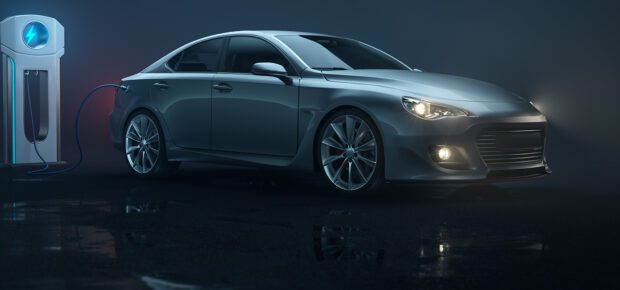




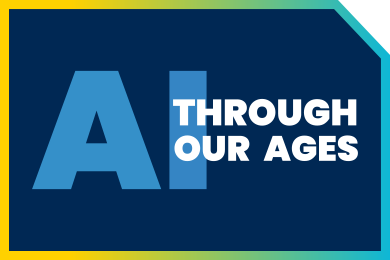 AI Through Our Ages
AI Through Our Ages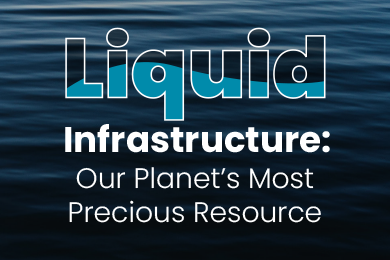 Liquid Infrastructure: Our Planet's Most Precious Resource
Liquid Infrastructure: Our Planet's Most Precious Resource The Impact of Technology in 2025
The Impact of Technology in 2025 Quantum and AI: Safeguards or Threats to Cybersecurity?
Quantum and AI: Safeguards or Threats to Cybersecurity? Why AI Can't Live Without Us
Why AI Can't Live Without Us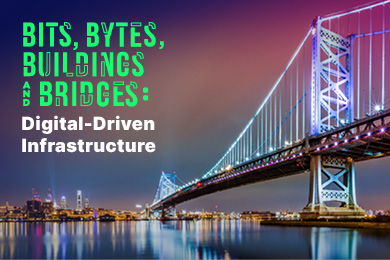 Bits, Bytes, Buildings and Bridges: Digital-Driven Infrastructure
Bits, Bytes, Buildings and Bridges: Digital-Driven Infrastructure Impact of Technology in 2024
Impact of Technology in 2024 Emerging AI Cybersecurity Challenges and Solutions
Emerging AI Cybersecurity Challenges and Solutions The Skies are Unlimited
The Skies are Unlimited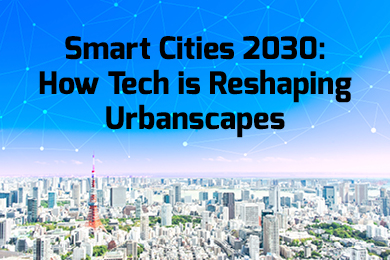 Smart Cities 2030: How Tech is Reshaping Urbanscapes
Smart Cities 2030: How Tech is Reshaping Urbanscapes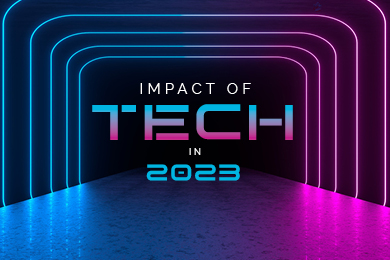 Impact of Technology 2023
Impact of Technology 2023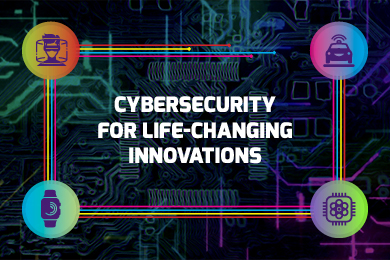 Cybersecurity for Life-Changing Innovations
Cybersecurity for Life-Changing Innovations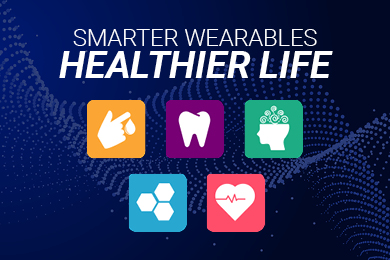 Smarter Wearables Healthier Life
Smarter Wearables Healthier Life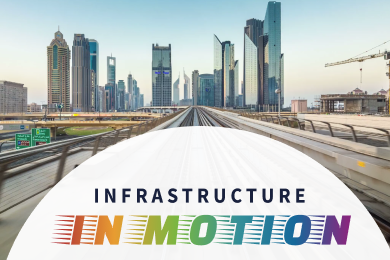 Infrastructure In Motion
Infrastructure In Motion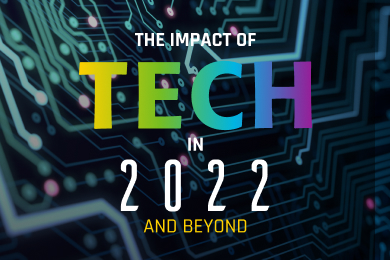 The Impact of Tech in 2022 and Beyond
The Impact of Tech in 2022 and Beyond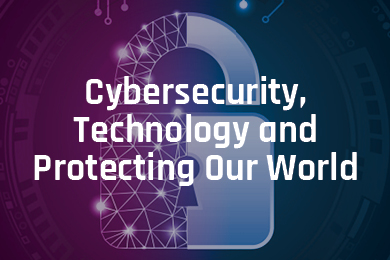 Cybersecurity, Technology and Protecting Our World
Cybersecurity, Technology and Protecting Our World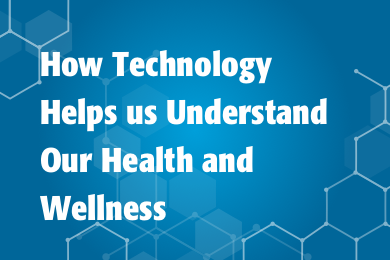 How Technology Helps us Understand Our Health and Wellness
How Technology Helps us Understand Our Health and Wellness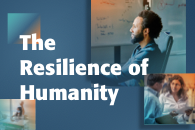 The Resilience of Humanity
The Resilience of Humanity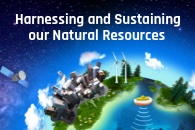 Harnessing and Sustaining our Natural Resources
Harnessing and Sustaining our Natural Resources Creating Healthy Spaces Through Technology
Creating Healthy Spaces Through Technology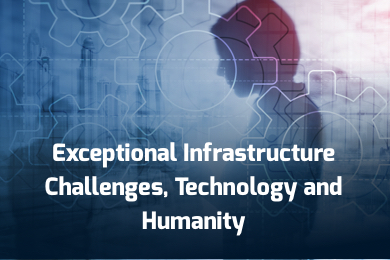 Exceptional Infrastructure Challenges, Technology and Humanity
Exceptional Infrastructure Challenges, Technology and Humanity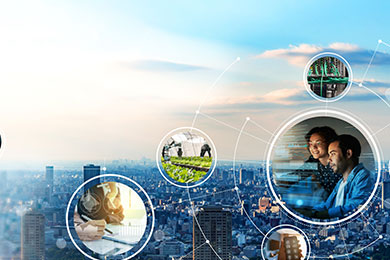 The Global Impact of IEEE's 802 Standards
The Global Impact of IEEE's 802 Standards Scenes of our Cyber Lives: The Security Threats and Technology Solutions Protecting Us
Scenes of our Cyber Lives: The Security Threats and Technology Solutions Protecting Us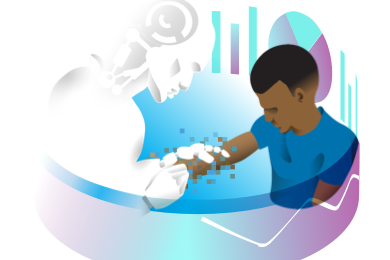 How Millennial Parents are Embracing Health and Wellness Technologies for Their Generation Alpha Kids
How Millennial Parents are Embracing Health and Wellness Technologies for Their Generation Alpha Kids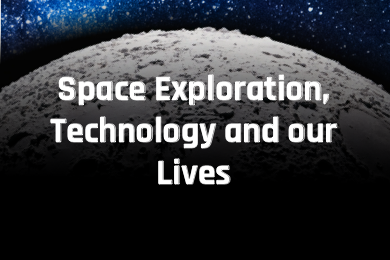 Space Exploration, Technology and Our Lives
Space Exploration, Technology and Our Lives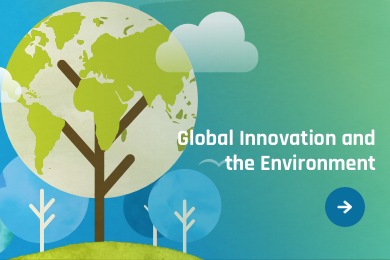 Global Innovation and the Environment
Global Innovation and the Environment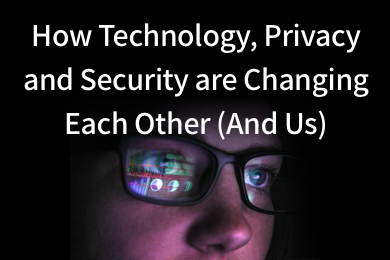 How Technology, Privacy and Security are Changing Each Other (And Us)
How Technology, Privacy and Security are Changing Each Other (And Us)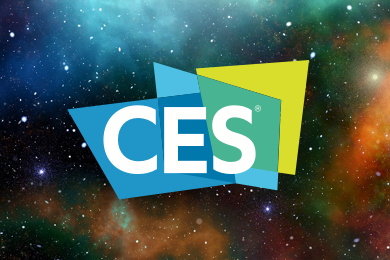 Find us in booth 31506, LVCC South Hall 3 and experience the Technology Moon Walk
Find us in booth 31506, LVCC South Hall 3 and experience the Technology Moon Walk Virtual and Mixed Reality
Virtual and Mixed Reality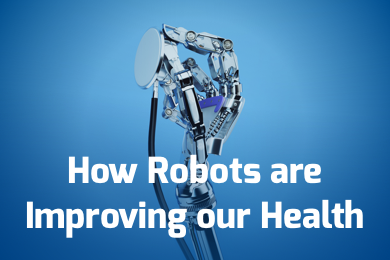 How Robots are Improving our Health
How Robots are Improving our Health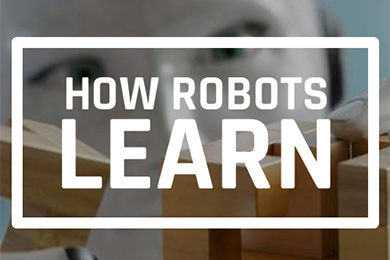 IEEE Experts and the Robots They are Teaching
IEEE Experts and the Robots They are Teaching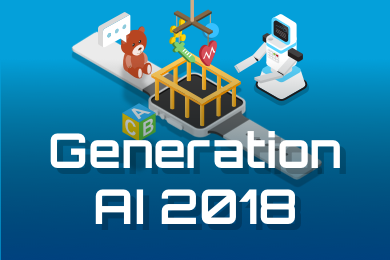 See how millennial parents around the world see AI impacting the lives of their tech-infused offspring
See how millennial parents around the world see AI impacting the lives of their tech-infused offspring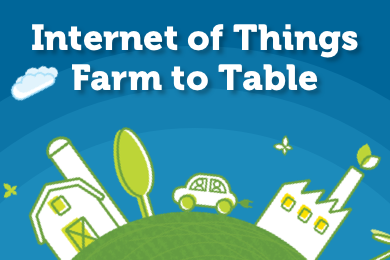 Take the journey from farm to table and learn how IoT will help us reach the rising demand for food production
Take the journey from farm to table and learn how IoT will help us reach the rising demand for food production Watch technical experts discuss the latest cyber threats
Watch technical experts discuss the latest cyber threats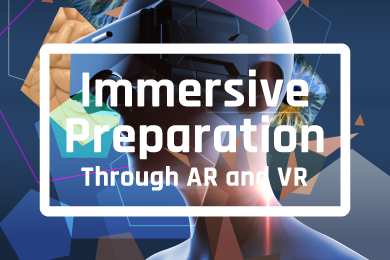 Explore how researchers, teachers, explorers, healthcare and medical professionals use immersive technologies
Explore how researchers, teachers, explorers, healthcare and medical professionals use immersive technologies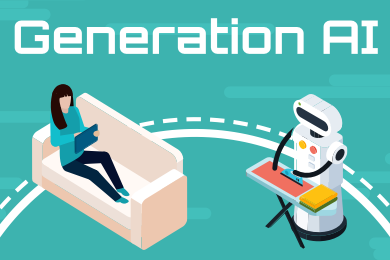 Follow the timeline to see how Generation AI will be impacted by technology
Follow the timeline to see how Generation AI will be impacted by technology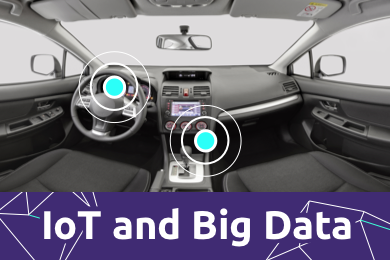 Learn how your IoT data can be used by experiencing a day in a connected life
Learn how your IoT data can be used by experiencing a day in a connected life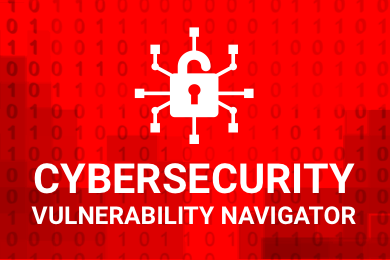 Listen to technical experts discuss the biggest security threats today
Listen to technical experts discuss the biggest security threats today See how tech has influenced and evolved with the Games
See how tech has influenced and evolved with the Games Enter our virtual home to explore the IoT (Internet of Things) technologies
Enter our virtual home to explore the IoT (Internet of Things) technologies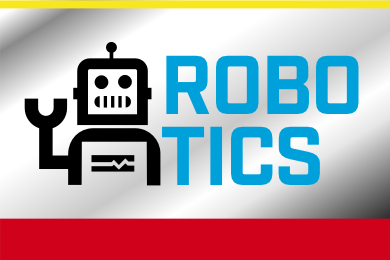 Explore an interactive map showcasing exciting innovations in robotics
Explore an interactive map showcasing exciting innovations in robotics Interactively explore A.I. in recent Hollywood movies
Interactively explore A.I. in recent Hollywood movies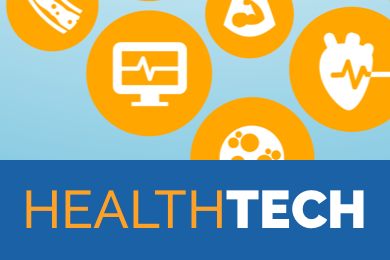 Get immersed in technologies that will improve patients' lives
Get immersed in technologies that will improve patients' lives